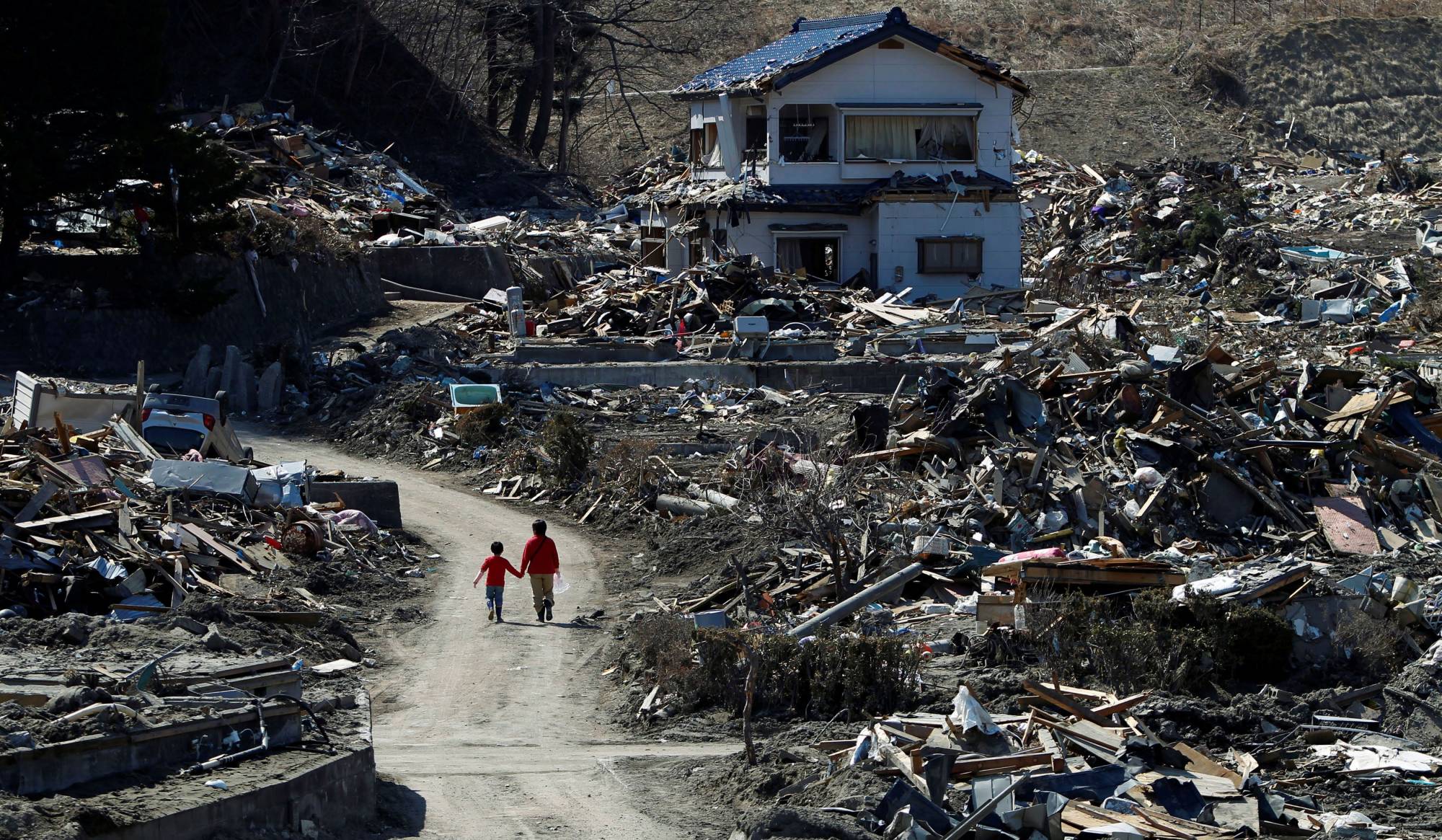In the 10 years since Japan was hammered by triple catastrophe — an earthquake, tsunami and nuclear meltdown at the Fukushima No. 1 power plant — the Japanese public has cycled through five phases that weren’t exactly grief but still managed to shake foundational beliefs about themselves. Ultimately, resilience — gaman, that old reliable — prevailed, a mixed blessing for a country that felt it had lost its way even before the horrific tragedy.
The first reaction to the crisis was shock. The disaster was a stunning and heart-stopping spectacular. Watch the mesmerizing videos on YouTube to see the destruction unfold in real time. It was first estimated that more than 30,000 people might have died. The eventual death toll was just over half that (15,899 lives) with another 6,100 injured; more than 2,500 people are missing to this day. The economic damage exceeded 5% of GDP and displaced nearly a half a million people, although many of them, but not nearly all, have returned home.
Richard Samuels, Ford International Professor of Political Science at MIT, one of the world’s pre-eminent Japan scholars and author of “3.11,” a magisterial assessment of the calamity and its impact, concluded that the word “soteigai” (unimaginable”) came to dominate the post-3/11 national discourse. This was the main response from officials from Tepco, the power company that ran the Fukushima plant, and provided some comfort as the nation sought answers to what had happened that day and why. If March 11 was beyond conception — a once in a thousand year phenomenon — then there could be no fault for failing to prevent it.


















With your current subscription plan you can comment on stories. However, before writing your first comment, please create a display name in the Profile section of your subscriber account page.